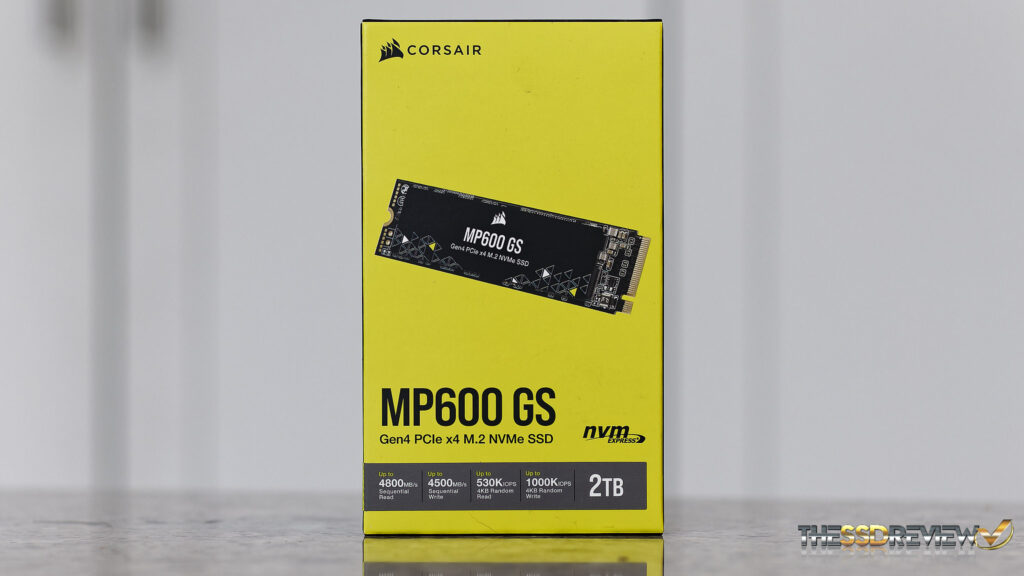DRAMless SSDs are somewhat of an odd duck in the SSD world, yet they consistently reappear. Ask anyone on any forum if DRAMless SSDs are a viable option for a main storage medium could be considered picking a fight. There are hard pressed views and, as a rather long-standing solid state drive reviewer, my views haven’t always gone with the grain. There are actually several threads floating around the inter-web where I stand behind DRAMless SSDs in fact. When we look back at the success of those that did invest in a DRAMless SSD over the years, my thoughts have aged well. There is a very simple key to DRAMless SSDs that we all need to consider though…
I give that very same advice regardless of which SSD one is considering. What are you going to use that SSD for? What is your exact need for that SSD? Believe it or not, most every day average typical PC users will never see any need for anything higher than a SATA SSD of so many years back. Actually, there are ton of SATA SSDs still running great. The reason for this of course is that users never test the need for that drives read and write specs as they use no more than the benefit of an SSDs disk access to get them where they are going.
Oh ya… the difference between a hard drive and SSD is enormous and the SSD is a very visual upgrade. SSD to SSD for the average user… not so and even the best of us reviewers could never tell the difference between an old SATA 3 SSD of so many years ago and the best Gen4 7GB/s SSD of today… in typical PC use. This is where the DRAMLESS SSDs come in and specifically that of which we are evaluating today, the Corsair MP600 GS Gen4 DRAMless NVMe SSD.
The difference between a typical DRAM based SSD and a DRAMless SSD is simply the DRAM cache memory chip, a small chip that resides between the SSD controller and NAND flash. It is not found on a DRAMless SSD and that saves the manufacturer money. Its purpose is to ensure consistently fast data travel for those that need it. Since Windows 10, this has been a tradeoff whereas the HMB (host memory buffer) is used with the systems available DRAM memory, rather than that DRAM chip. Does the HMB accomplish the same as a DRAM buffer chip? Again, arguments can be made for both sides but no, a DRAMless SSD does not stand up to that of a regular SSD. It does serve its purpose, however, and just may be a viable purchase option.
The Corsair MP600 GS is a PCIe 4.0 x4 (4-lane) M.2 2280 (22mm wide by 80mm long) SSD that uses the latest NVM Express 1.4 protocol. It is available in 500GB, 1TB and 2TB capacities and speaks to 4800MB/s read speeds and variable write at 3500MB/s (500GB), 3900MB/s (1TB) and 4500MB/s for the 2 TB. Rather surprising is that the MP600 GS can reach up to 1 million IOPS for the 2TB version we are testing today.
The Corsair MP600 GS uses Phison’s E21T 4-channel NVMe SSD controller and this SSD has only 4-NAND flash memory chips which is very surprising considering it is a 2TB SSD. The memory in use is none other than Micron’s premium B47R 176-layer TLC NAND flash memory which should provide some great performance results. The MP600 GS also comes with a limited 5-year warranty and has an expected lifespan of 300TBW for the 500GB, 600TBW for the 1TB and 1200TBW for the 2TB version we are testing. Think about that for a second… This SSD has a total write expectancy of 1.2 petabytes.
Checking Amazon, we see pricing at $62.99 (500GB), $102.99 (1TB) and $187.99 (2TB) which doesn’t seem that bad as it betters the WD_Black SN770 2TB SSD by $50.
 The SSD Review The Worlds Dedicated SSD Education and Review Resource |
The SSD Review The Worlds Dedicated SSD Education and Review Resource | 

